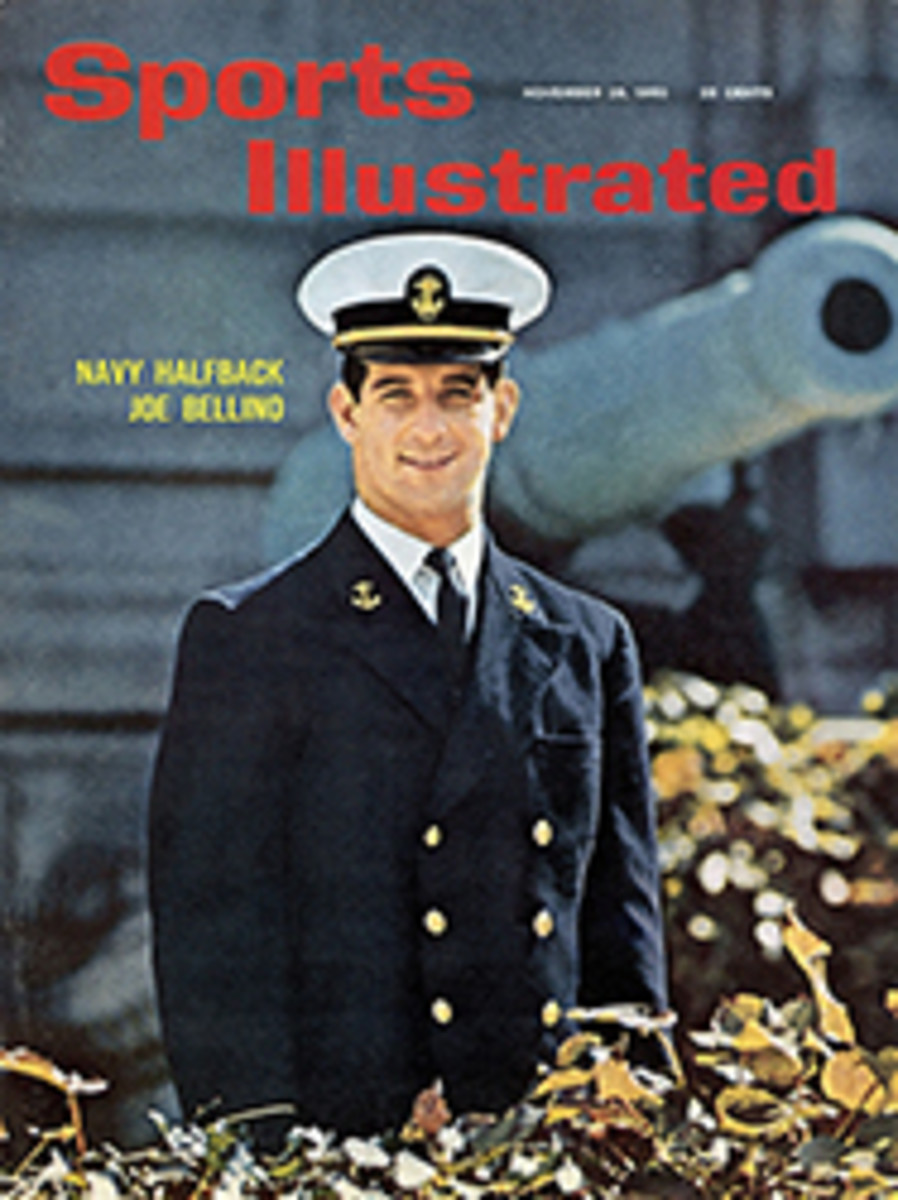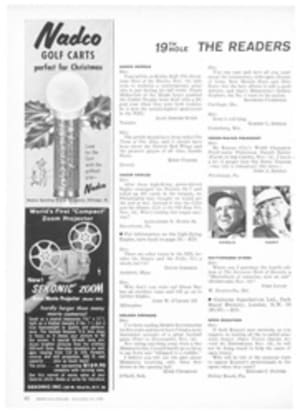
Run for its money
An athletic-looking group of a young men has been gathering at the University of Chicago's Stagg Field each Sunday recently with shovels, sandwiches, beer and a resolute air. There they have spent the day digging away the surface of an old cinder running track and replacing it with several hundred barrelfuls of an exotic red substance.
Because the last resolute men who assembled at Stagg Field turned out to be working on the atom bomb (there is, in fact, a plaque in the vicinity commemorating "the first controlled nuclear reaction" on Dec. 2, 1942), there might have been some concern about all this unusual activity. Such concern would have been needless, for this fall's group is only the University of Chicago Track Club. Its volunteer workers are involved in the safe and sensible process of laying to final rest the best, most traveled and most abused running track in the U.S.
It is a strange and lamentable fact that while this country has a great number of good track men, it has very few good tracks for them to run on. Most U.S. tracks are either built in the hard-baked California style, with no more bounce than a concrete highway, or in the soggy eastern fashion, sandy and rutted like an old country road.
When the directors of the 1959 Pan American Games set about buying a track for installation at Soldier Field in Chicago two years ago they not only found that there were no major track builders, as such, in the country, but that the few good U.S. tracks in existence seemed to be the result of pure luck—the Los Angeles Coliseum, for example, got its ancient but revered brick-dust track, the story goes, because a building was being demolished nearby and a Coliseum official suddenly had the bright idea that the crushed bricks would make a good running surface.
As a result, the Pan American Games sponsors turned to England, and for $85,000 purchased a track made of En-Tout-Cas, a unique blend of English Midland clay, cinders of burnt peat and other ingredients (including the one which turns the substance bright red) that the En-Tout-Cas Company won't talk about. This mixture has been used for some of the finest tracks in the world: the one at Oxford on which Roger Bannister ran the first four-minute mile, the 1956 Olympic track at Melbourne, the Dublin track where Herb Elliott ran his world record mile in 1958, and even the track which the Sheik of Kuwait built for his university on the Persian Gulf (no records are likely to be set there, however, because of the tendency of the temperature to climb up to the neighborhood of 140°).
Runners like En-Tout-Cas because it is crisp on top, damp and springy underneath, does not grab at spikes and, as its name implies (it is French for "in any case") is an all-weather surface, which is usable even after a heavy rain.
Midgets out
In the spring of 1959 the asphalt roadway in Soldier Field, which was being used by midget auto racers, was ripped out by the Chicago Park District and replaced with 485 tons of En-Tout-Cas, shipped from London in sturdy metal barrels. City officials talked of the new track turning Chicago into a U.S. center for international track and field events and envisioned it as a permanent sporting facility for the city.
It was a dream track, all right, but it remained a dream. Only one meet, the Pan American Games, was ever held on this wonderful Soldier Field installation. Even for that meet the track wasn't at its best: no runners had used it, it was not packed down and it needed a winter to settle. Still, of the 18 running events held, 12 resulted in new Pan American Games records.
After that the track lay deserted. Last spring, beset by the costs of administering Soldier Field and seeing little prospect of revenue from future track meets, the park commissioners ordered the asphalt roadway rebuilt so that the financially rewarding midget auto racers could rent the stadium again. There was some talk of laying the asphalt on top of the Pan American En-Tout-Cas, but track and field partisans screamed in pain, and the precious red stuff was dug up and put back in its barrels.
Notre Dame showed an interest in obtaining the deposed En-Tout-Cas, and Los Angeles Coliseum officials said they might take it off Chicago's hands. But Mayor Richard Daley, responding to the plea of Chicago Track Club Coach Ted Haydon, gave the track to the local runners.
On to Stagg Field
So England's mysterious mixture was sent over to Stagg Field, where it was stored through the spring and summer. This fall the University of Chicago put up enough money to install new curbing for the track, the city welfare department contributed a few workers and the En-Tout-Cas started going in at the hardly impressive rate of 10 yards a day—not fast enough for the job to be finished before a solid freeze stopped all work.
Coach Haydon, anguished at the thought of his precious track lying naked and unready all winter, rallied his club for its unusual Sunday workouts, and the do-it-yourself athletes are now on the last lap of putting in what is almost certain to be the best running track in America. One of its first major uses may be for a U.S.-Polish meet being planned for next summer.
That is assuming, of course, that nothing else happens to the En-Tout-Cas. Ted Haydon had a nasty scare the other day when a telephone call came from an official in the mayor's office.
"I understand you have some barrels of ours out at Stagg Field," the official said. Haydon, envisioning the possibility that the city wanted its track back, admitted cautiously that he did. "Good," said the mayor's man. "We want them when they're empty. We're going to pass them out for use as garbage cans in some of the poor areas of the city."
So Chicago's garbage will go into made-in-England cans, while down at Stagg Field the city gets a run for its money at last.
PHOTO
IN RACE AGAINST WINTER, CLUB MEMBERS SMOOTH THEIR NEW STAGG FIELD TRACK

